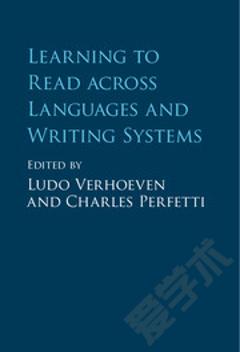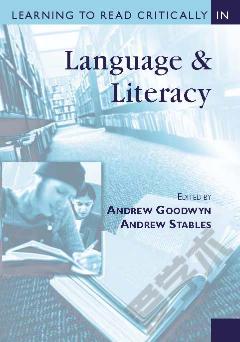Learning to Read across Languages and Writing Systems
Around the world, children embark on learning to read in their home language or writing system. But does their specific language, and how it is written, make a difference to how they learn? How is learning to read English similar to or different from learning in other languages? Is reading alphabetic writing a different challenge from reading syllabic or logographic writing? Learning to Read across Languages and Writing Systems examines these questions across seventeen languages representing the world's different major writing systems. Each chapter highlights the key features of a specific language, exploring research on learning to read, spell, and comprehend it, and on implications for education. The editors' introduction describes the global spread of reading and provides a theoretical framework, including operating principles for learning to read. The editors' final chapter draws conclusions about cross-linguistic universal trends, and the challenges posed by specific languages and writing systems.
{{comment.content}}








 京公网安备 11010802027623号
京公网安备 11010802027623号